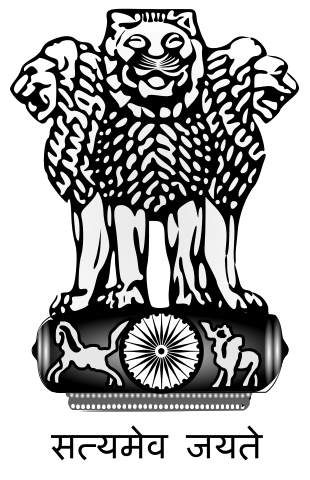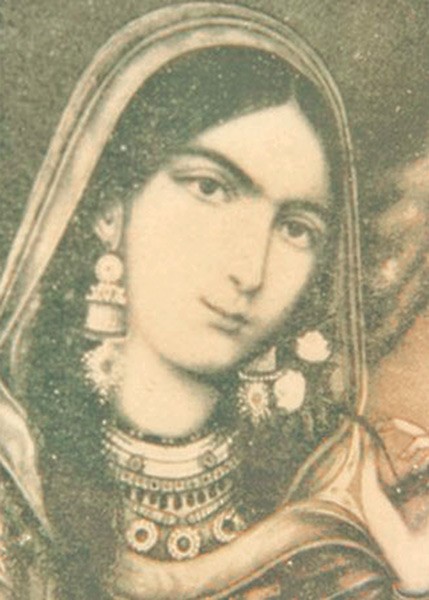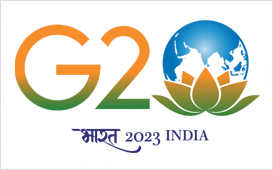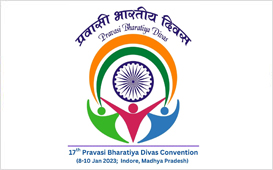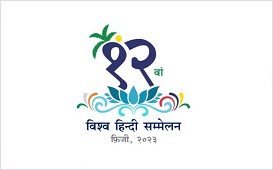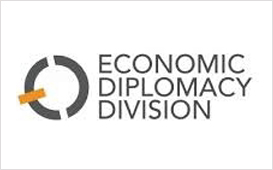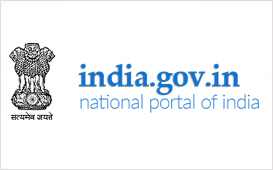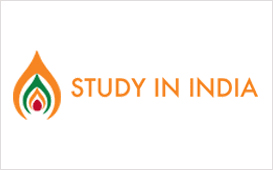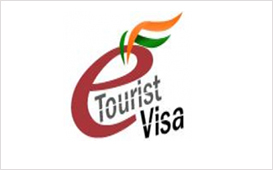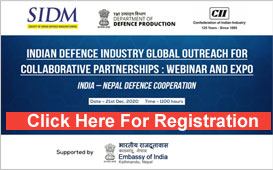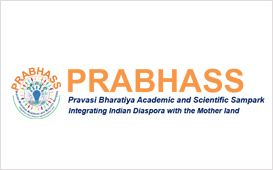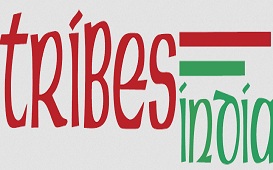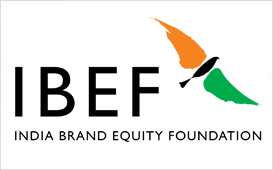People’s Corner
'I thoroughly enjoy my stay in India and feel accepted like a family'
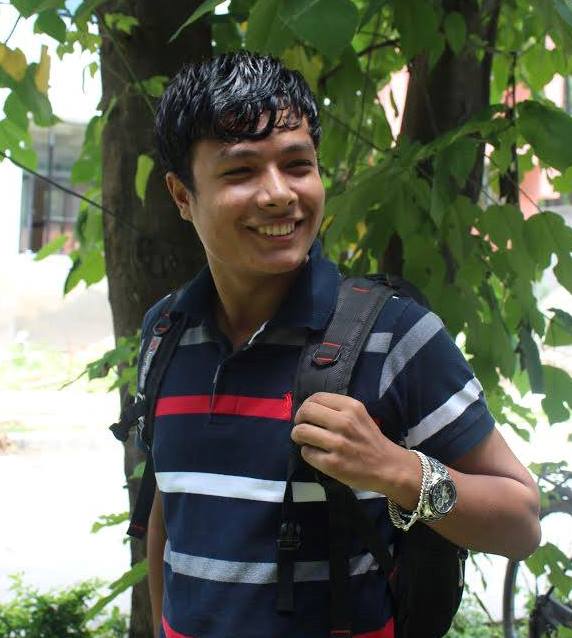
“My mother Indira Tharu works as a house maid and my father Raju Tharu works as a driver. We hail from Nawalparasi but shifted to Kathmandu in search of a better future. My parents sacrificed a lot to ensure that I completed my schooling. I passed 12th from National School of Sciences, securing 80 percent marks, after which I applied for Embassy of India scholarship, and bagged scholarship to study Civil Engineering in Sona College of Technology, Tamilnadu”
“I recently passed my first year of Engineering, securing 3rd rank in my batch. Even though I stay far away from home, I thoroughly enjoy my stay in India and feel accepted like a family. There are many Nepali students in my college. We all get together on occasions like Dashain and celebrate it with our Indian friends. India, now, is my home away from home”
“I thank Embassy of India for making my dreams come true”
- 19 years old Dipesh Tharu currently studies in India on an all-expense paid scholarship from Embassy of India
BBA student Sudha Joshi expresses her happiness at having been selected for the Golden Jubilee Scholarship Scheme
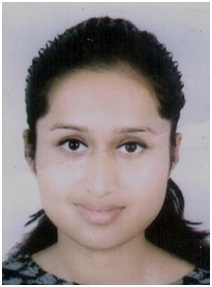
Sudha Joshi, BBA
I am extremely happy that the Indian Embassy selected me as recipient of the ‘Golden Jubilee Scholarship’! It is a matter of great joy for me and my family! I feel very privileged and touched to receive your support in my upcoming endeavors.
Many students feel hopeless at the thought of not being able to afford a college education. A lot of brilliant students are compelled to give up their studies before their higher education even starts. It is amazing for me to know that there are always these networks of support to assist students in their educational pursuits.Indian Embassy has let students around the country know that if they want to pursue a higher education, rarely will financial matters hold them back!I thank you from the bottom of my heart for your support in my and my colleague’s educational endeavours.
I am currently studying Bachelors in Business Administration with hopes of becoming a successful business executive. The financial assistance provided to me will be of great help in paying my educational expenses and it will allow me to concentrate more of my time for studying.
Your generosity has inspired me to help others and give back to the community.
I hope one day I will be able to help students achieve their goals just as you have helped me!
Thank you.
Archiving poetic history
We do not know enough about the character of Jung Bahadur, especially his diplomatic handling
- ABHI SUBEDI
Apr 16, 2017-
Archiving the memories of the bygone year or years is a fascinating subject in Nepal because emotions, more than the calendric calculations, are evoked by the changing cycles of years here. We change several calendars within the span of one Gregorian calendric time. The years that come and go during that time are emotional, performative, political and cultural. To go with the temporal exuberance as in Victorian English poetry, we are ringing the old Vikram year 2073 out and the next one in. I begin by wondering which ones to archive as the memorable experience or events of the past year and which ones to leave out.
In memory studies, two things are always taken into consideration—what you experienced and how you see the connection of that with the overall social experience. In times when the mega events dominate your life, details of your personal memories may not matter so much; they will drown in the cacophony of the boisterous times. I would not so much want to rescue the very personal memories as I would like to review their social significance. That is precisely what I have attempted to do in this short article.
A memorable experience
I begin with the latest one that happened on April 7, 2017 at the Indian library in the Nepal Airlines building in New Road, in which a documentary on the life of Begum Hazarat Mahal was screened, followed by a talk by Dr Talat Fatima, the great great grand daughter of Begum Mahal. It was a memorable experience for me because I consider Hazrat Mahal as a great icon of freedom struggle and South Asian bonding, and one whose life and stay here can give poetic magnitude to Nepal India relations, though Mahal’s life in Nepal still remains unrecorded and unexplored. This was particularly because she was a freedom fighter who had taken political asylum here. This combination itself is intriguing. Jung Bahadur went to help the British quell the Lucknow rebellion of 1857. The documentary shown on the occasion mentions Jang’s Lucknow venture as one inspired by various mixed perceptions.
Whatever may be the case, Jung returned with his soldiers intact and carrying some wealth. That action of Jung is remembered in Nepal for the territorial reward he received from the British. But the intriguing part about Jung’s character is that he gave political asylum to the woman, the Begum of Awadh or Oudh, the first wife of Nawab Wajid Ali Shah, who orchestrated a rebellion against the British East India Company at the time of the widespread mutiny of 1857. Jung had just returned after helping the British quell the rebellion, and naturally he was eagerly waiting for the British response to his favour.
Any diplomatic move even today would be a reactionary one in such situation, and the stakeholder would continue to see how his help to the neighbour would benefit him and his country. But Jung, by giving asylum to Hazrat Mahal who had given the British a hard time in the same metropolis where Jung went to quell the rebellion, kept the two things apart. That is intriguing because we do not know enough about the character of Jung, especially his diplomatic handling of the relationship with the British power or with a strong neighbour.
To understand this subject better by another example, we should read John Whelpton’s book Jung Bahadur in Europe (1983, 2016). The text presents the picture of Jung, at the very opening of it, as quite intriguing. The scribe who wrote the text of Jung’s travelogue supposedly under his guidance puts the purpose of his visit to Britain in these words, translated by Whelpton, “The territory of the English sovereign, visited in 1906 (BS) by Shrimadrajkumar Kumaratmaj Shri Prime Minister and Commander-in-Chief General Jang Bahadur Kunwar Ranaji borders on our own; yet its army, arsenals and weapons, the country and its wealth, its revenues and expenditure, its institutions, the whereabouts of the empire’s seat of government, Belait, the nature of the city of London, and the character of the nobility and of the population as a whole were all unknown until then since nobody from Hindustan had visited London Belayat (132).”
I am citing this to show how little historians know about the psyche of the dictatorial ruler, the founder of the Rana oligarchy, and one who, according to the border expert Buddhinarayan Shrestha, is ‘the only Nepali ruler’ who understood the concept of borders with a sense of accuracy, justice and friendship with the neighbours.
Poetic, Inspiring, Sombre Therefore, Jung’s decision to provide asylum, space and perhaps maintenance to Hazrat Mahal is an interesting matter. The documentary shows, like other historical records, that Mahal’s courage as a woman, especially the resistance she put up after her husband was sent into exile in Calcutta, is a remarkable phenomenon. She took over the affairs of her state of Awadh and took Lucknow under her control. Betrayed, in the end by her own people, she could not resist the British force, but would not surrender to them. She chose to seek asylum in Nepal, and after a long and hard walk with her people and her son of 14, she arrived here. That part of the journey following her decision to give up fighting remains a mystery. But the most interesting and moving part came in the speech of Dr Talat Fatima.
Her short speech sounded like a poetic reading of history. Her words came out of the memories of history bequeathed to her family, who naturally lived in Calcutta because their ancestor Nawan Shah was exiled there. Dr Fatima stressed on the independent spirit of Hazrat Mahal. She said that Mahal in the end wanted to live in a place which was free and not under the British control. She was full of sublime thoughts about Nepal. She called Nepal the birthplace of Buddha, a peaceful bhumi or land that rises to the height of Mt Everest. The happy matter was that this was the first time Dr Talat Fatima, Manzilat Fatima and other family members visited Nepal.
I feel happy to close the year with this poetic and inspiring albeit sombre occasion.
Published: 16-04-2017 08:16
(http://kathmandupost.ekantipur.com/news/2017-04-16/archiving-poetic-history.html)
‘How I loved Kidmandu’
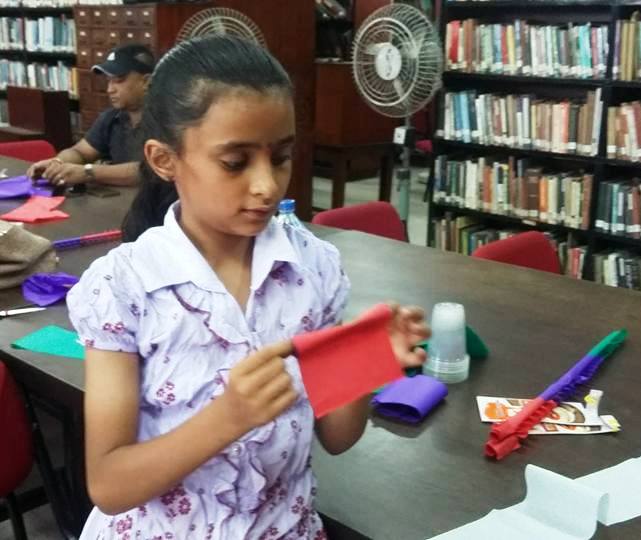
Bhumija Singh
Class: 5
School: St. Mary’s School Lalitpur
I attended the Kidmandu series of programme recently. I was so happy to be learning from this very interesting programme. I found out that Kidmandu is organized by the BP Koirala Foundation of the Embassy of India.
The first workshop, I attended was about Origami workshop. We learnt to make paper roses, lotus, trees, decorating materials and other crafts. The paper designs, I learnt to make were useful. When I made these designs and showed to my friends, they appreciated me. When I used them for my projects, I got good marks.
In the second Kidmandu programme, we learnt to compose poems with nine or ten words. Our trainer told that, “you can write in any number of words, but it should express your feelings.” The poetry workshop was very effective. There is a proverb, “where the sun cannot reach, the poets can reach.” We heard a poem called, “pahilo choti ‘ka’ lekhda”. I wrote many poems there. I started writing, from this very workshop.
I would like to thank the committee of BP Koirala Foundation. I would thank the Indian embassy and the other members of the BPKF and their supporters. All organizations like BPKF should try to conduct workshops for children.
The most interesting thing after the workshop is, they serve us with refreshments. I loved eating the ‘Samosas’ there!


